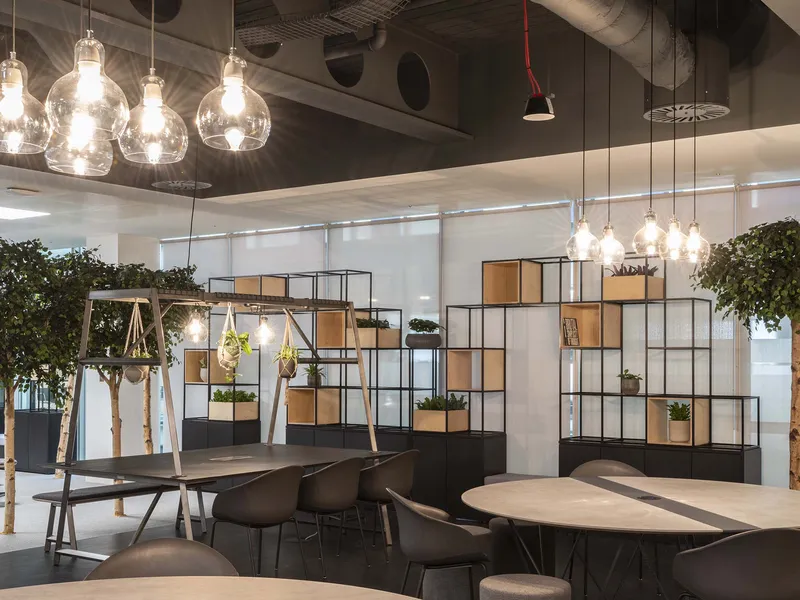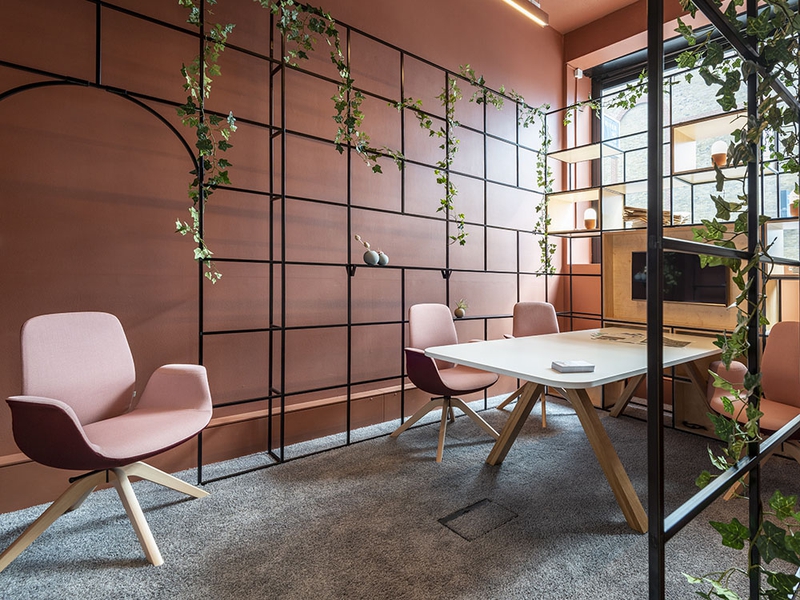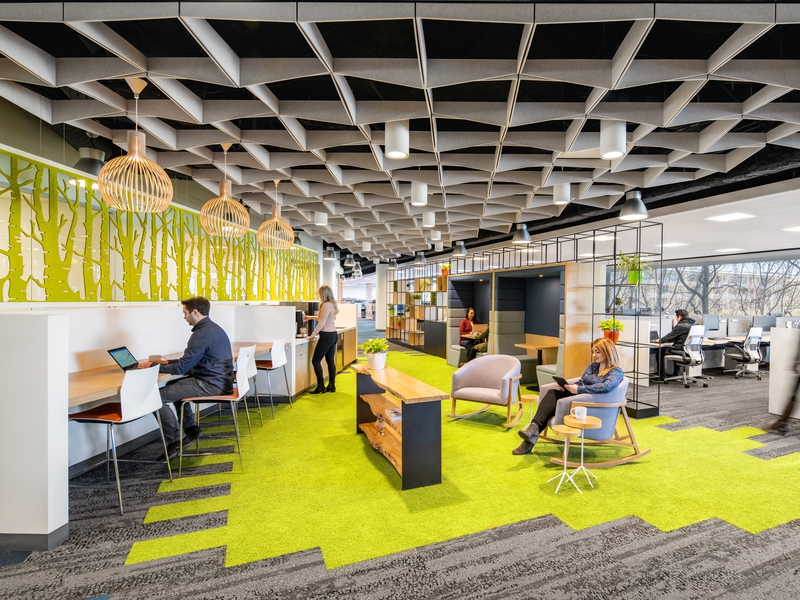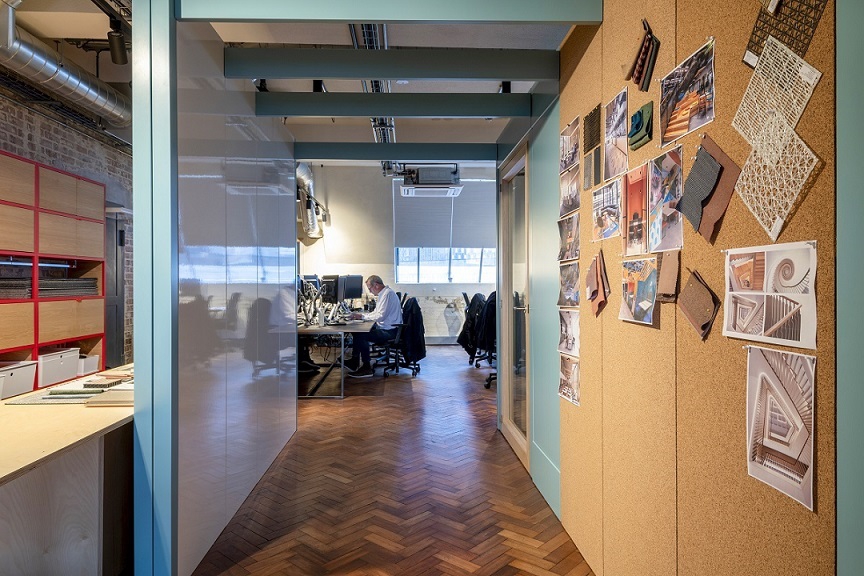
The Value of Experimentation and Piloting in Workspaces
It’s no exaggeration to say that the pandemic has completely revolutionised the working world. Flexible, remote and hybrid working has become the accepted standard and as such, office and workspace design requirements are fluid.
As corporations continue to look for the most strategic workplace solutions for their people and their business goals, teams should be making the most of the unique opportunity to make a real difference to their people and their environment through experimental design and piloting spaces.
Continuous testing or the perpetual beta principle presents a low risk and engaging way of trialling brand new concepts. From working styles and office occupancy levels to the most suitable furniture for a diverse workforce, piloting spaces allows for organizations to discover the model most successful for them and their team before investing.
In this article, we’ll be looking at why hacking your workspace through experimental design is so popular, valuable and rewarding.
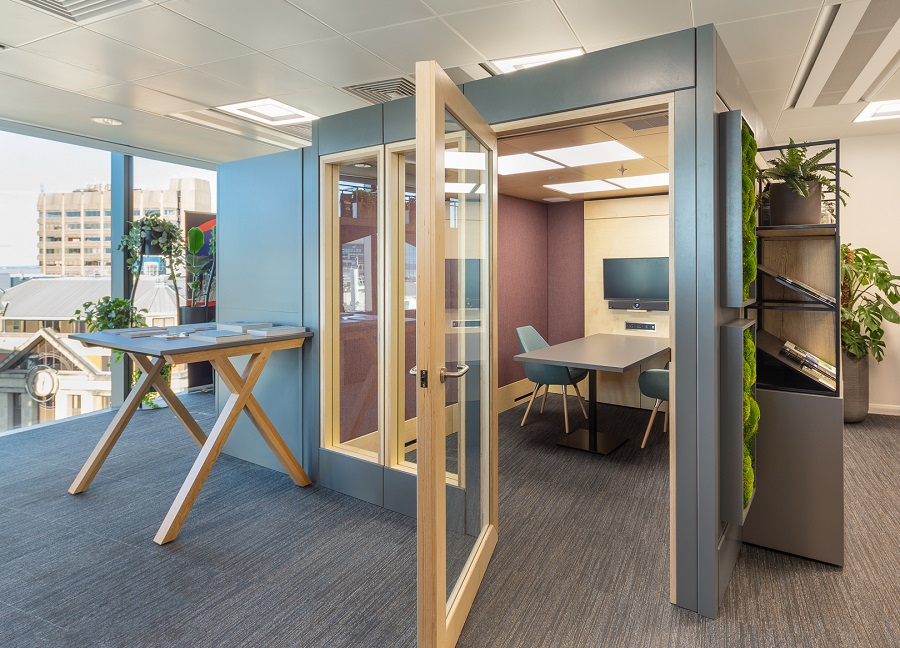
There’s no more critical asset to an organization than its people. This has never been more evident than it is now, with the post-pandemic Great Resignation highlighting the need for businesses to treat its employees as customers and compete in order to retain and attract the best talent.
We have seen a shift in the last six months, with leadership taking on a much more active role in recruitment and retention. This is through redesigning policy, embedding a better company culture and leveraging workplace design as a tool. By creating offices and policies that address employees’ needs, support a healthy work-life balance and make it as easy as possible for people to do their jobs, companies can evolve and bring the best talent with them into the workplace of the future.
At the forefront of this are workplace pilots – rapid prototypes allowing employees to experience potential future workplace settings and share both qualitative and quantitative feedback to help inform future decision-making.
This has a multitude of benefits, but most importantly of all, it puts people back at the center of the workplace and gives them a feeling of ownership in their company and environment, increasing plummeting engagement levels (that were falling even pre-pandemic) and allowing leadership teams an opportunity to express genuine care about employee preferences and make a tangible commitment to their workforce.
Piloting spaces allows employees to test various designs and offer feedback in advance of significant investment – ultimately decreasing the risk involved in creating brand new spaces and solutions from a financial standpoint as well as labour and time. This also makes experimental design a more sustainable option, especially when combined with modular furniture and reconfigurable furniture.
Other than saving money, increasing engagement levels and the benefits of sustainability, experimental workspaces have the potential to future-proof the office, ready for the new generation entering the workforce now, who have already got a very different idea about what the workplace of the future should look like and offer.

Testing new ways of working and continuous improvement is always key to innovation and great workspace design, but now it’s much more crucial due to the deep sociological and psychological impact of the pandemic. Not least, when considering a brand-new generation of young people that have never experienced the typical 9-5, 5 days a week in the office; Pandemials.
These young people are often called Generation Z, but might be more appropriately called “Pandemials” as they’re joining the workforce right now. One thing we already know about Pandemials is that they thrive when granted flexible working arrangements, which they much prefer to traditional office spaces.
Having missed out on the last few years of “traditional” in-person education, Pandemials are more productive when offered a choice of working environments, including a variety of different spots to suit different tasks; a trend set to continue as the younger generation grow up in a post-pandemic world.
Clearly, the workplace will now need to accommodate more generations than before, from Pandemials who crave agility and flexibility, to Millennials, who may favour a hybrid solution and Generation X who are happy for some change, but may still long for a semblance of normality and structure.
Rather than hypothesising, by experimenting with a number of designs, layouts and furniture and crucially by piloting these design solutions, leadership can get a much better idea of how to mesh the needs, desires and requirements of a diverse workforce and offer equal opportunity for their employees to give their input and thus make the role of the office truly future-proof and suitable for the many.
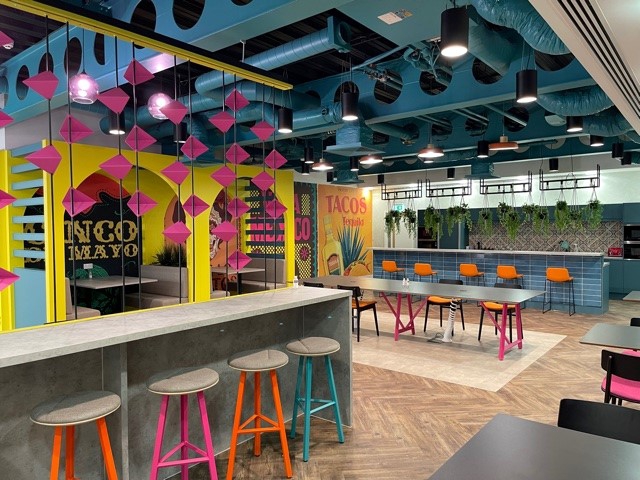
Companies that invest in workplace pilots decrease the risk of creating spaces that fail to marry their company culture, goals, work styles and work environment. Instead, positioning themselves to create rewarding environments that empower people and businesses; a great way to hack your workspace.
That’s exactly what Architecture firm, MCM did, when they worked with Spacestor and seized the opportunity for a lease break to swap the building that had been their home for over 15 years for a thriving co-working space in Southwark, allowing them to create a pilot workspace for testing new ways of working.
With a vested interest in architecture and space, MCM introduced behavioural change psychology as part of the way they consult with their clients, who they had noticed over the pandemic were keen to better ascertain the needs of their people before considering spatial requirements. The complexity of this topic stretches to include and recognise cultural nuances in offices, generational differences and even down to the personal living situations of each employee and how this might impact one’s desire to work remotely or not.
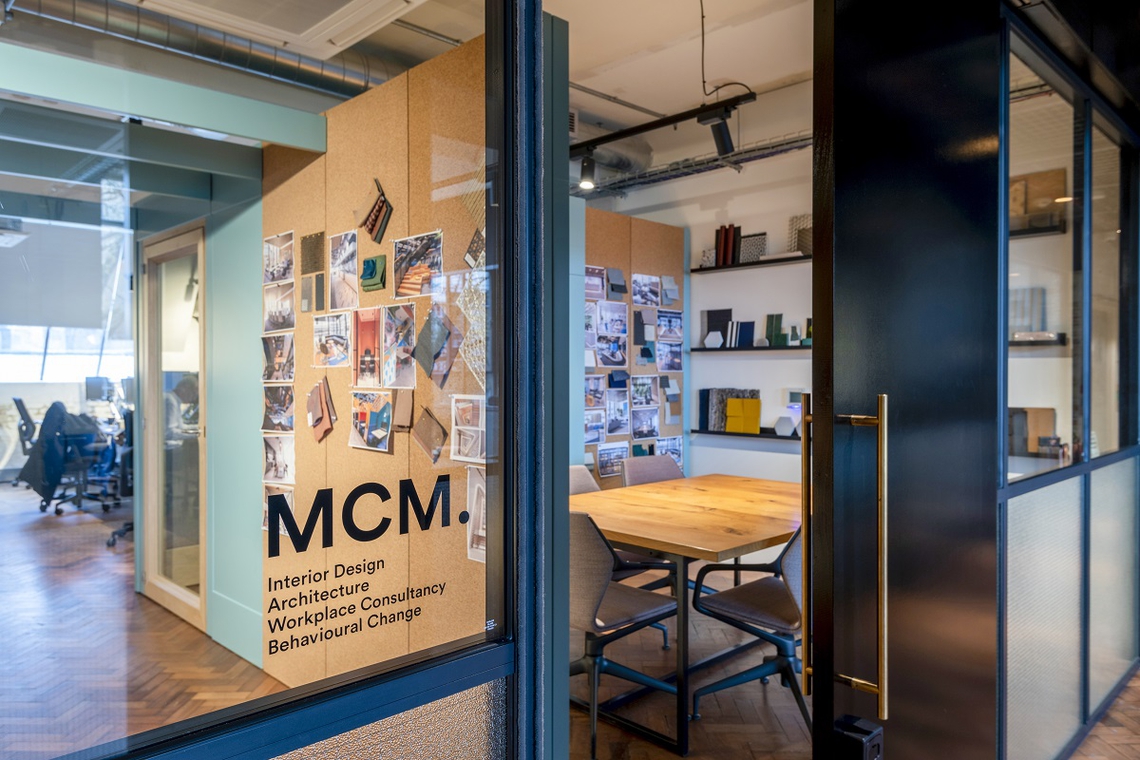
So, when they decided to change their own offices, they knew that piloting their workspace solutions was going to be key to their success, and their dedicated studio space within the co-working environment allowed them the chance to truly experiment with a plethora of different solutions and see which ones worked best.
These spaces ranged from those suited to independent, private working to collaborative meeting spaces, as well as giving access to amenities like cinema rooms and restaurants.
Trialling these different spaces allowed MCM to get real-time feedback from employees who were regularly in the workspace, and as a key element of the pilot, they needed the architecture that was adaptable and 'hackable' to ensure infinite future flexibility.
MCM hacked their workspace by opting for modular furniture and reconfigurable furniture which means the office is personalized on a daily basis to reflect the needs of the employees in the office at any given time.
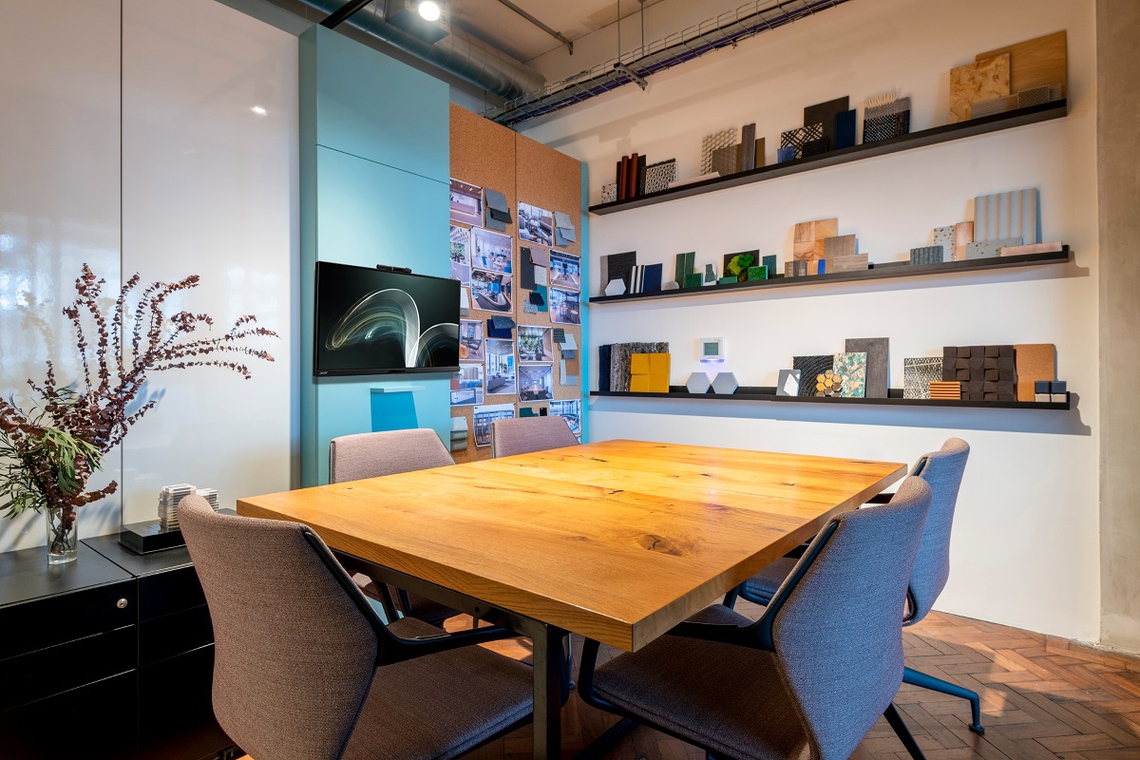
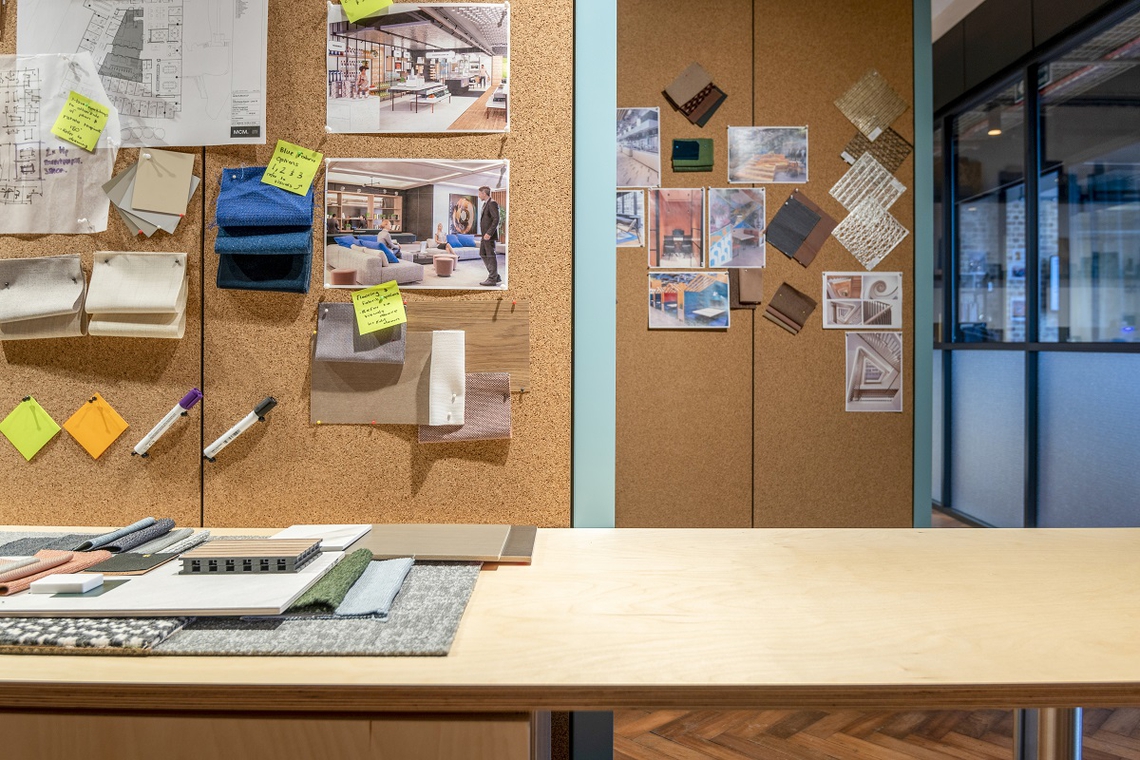
Modular, scalable and reconfigurable furniture means that the working environment is bespoke and customizable, aligned to employee moods and goals; such as using the Bleachers for an impromptu team collaboration session or the Verandas for a quick team scrum at the beginning or end of the day.
There are many reasons and benefits to piloting and experimenting with workspaces right now, offering companies a real opportunity to make a difference to their people, profit and their bottom lines. If you’d like to know more about experimentation in workplaces, you can listen to our Insights Live Panel Debate about building a culture of experimentation.
